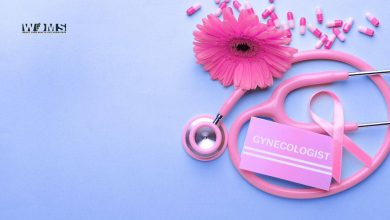An Inside Look at CBD and How Does it Work

CBD has taken the world by storm because of its healing properties. Not only is the cannabidiol extract good for what ails you physically, but it also can treat depression. Therefore, many people consider CBD the wonder drug of the twenty-first century.
To learn how the drug works, you must understand how it affects the brain and nervous system. You also have to know how it is derived. In 2018, a law was passed that made CBD derived from hemp legal in the U.S. CBD sourced from the plant does not contain the same amount of THC as the marijuana plant. THC is the substance that causes people to feel “high.”
The Role of THC
Typically, the THC in hemp plants is under 0.3%. While all CBD is manufactured the same, it still comes in three forms extraction and distillation. You can buy CBD products in an isolated form, as a full spectrum CBD product, or in the drug’s broad spectrum design.
CBD Isolate Drugs
An isolate CBD is pure and refined CBD. It does not contain any other hemp plant compounds. It does not contain THC, flavonoids, or terpenes like its counterparts. Manufacturers usually ground the produced crystal into a powder for use.
Full Spectrum and Broad Spectrum CBD Drugs
A CBD defined as a full spectrum drug includes additional components–such as terpenes and flavonoids–and is the same as a broad spectrum CBD, with one exception. It contains a small amount of THC or more than the trace amounts found in broad-spectrum CBD.
The Entourage Effect
People like using full-spectrum cannabidiol products as they create a synergistic effect, allowing the user to fully benefit from the drug’s myriad of qualities – pain relief, stress management, and an elevation in mood. This experience is called an entourage effect.
If you work for a company that conducts regular drug testing, a broad spectrum CBD product is an excellent choice to make. Broad-spectrum drugs impart pain relief and can be used to calm and soothe the mind and body, just like full-spectrum cannabidiol drugs. They just don’t contain the added THC. Only negligible amounts are left after processing.
The Endocannabinoid System (ECS): Its Role in CBD Use
When we talk about CBD, we also include the endocannabinoid system or ECS in the equation. This physiological system in the body is named for the cannabis plant. Endocannabinoids represent adaptable molecules that contribute to balancing bodily and mental functions.
When the ECS Was Discovered
Medical researchers discovered the ECS in the 1990s. Their findings showed that the body manufactures endogenous cannabinoids or endocannabinoids.
When it comes to interacting with body receptors, endocannabinoids are part of ECS health. For example, the ECS plays a crucial role in maintaining digestive functioning.
CBD and THC engage with the CB1 and CB2 receptors in the digestive tract. In turn, people suffer less from stomach upset. Therefore, CBD interacts with specific receptors in the ECS to provide pain relief, fight inflammation, and lighten the mood.
Talk to Your Doctor
If you’re not sure what CBD product to choose for your specific health needs, speak with your doctor. CBD can improve how you function and feel. Therefore, you can discover a product that will fit your particular health needs and purposes.




